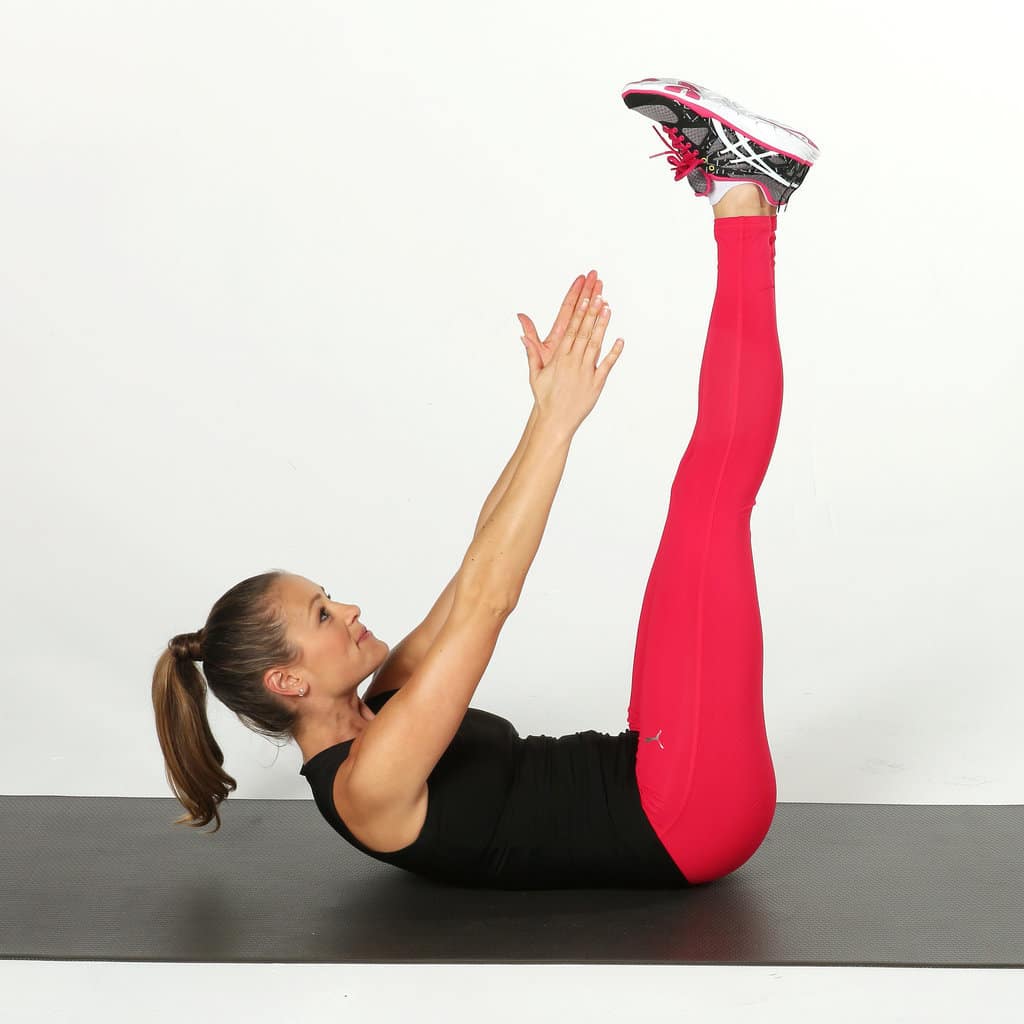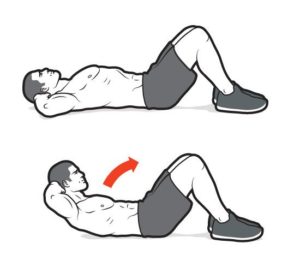Do I need to cut out an exercise or a whole movement like sit ups?
How jumping to broad conclusions can be misleading and hinder your credibility on giving advice.
Response to “Why You Can Stop Doing Sit-Ups” By Rachel Bachman in The Wall Street Journal
If you’ll allow me this cliché, it is often said that the Road to Hell is paved with good intentions. In no place is this truer than in the field of fitness. While trainers, coaches and fitness “enthusiasts” are everywhere, the number who are truly competent at what they do is far, far smaller. Human health is hard. Exercise is hard. Let nobody mislead you into thinking otherwise. One sloppy set, and you might be sending yourself to the orthopedist.

What? Does this mean I have to be afraid of every rep now?!?
No. Quite the opposite, in fact!
Exercise should NOT be about fear. While fear can be a powerful motivator and certainly has its places, I’d much rather that people try to build a healthy, positive relationship with their workouts. That means having fun, feeling empowered that you can change your body and mind in positive ways, and realizing that challenges are what make us grow.
Being afraid of your workouts — either because you think they’re going to be a miserable experience, or because you think you’re going to hurt yourself – will only work against you in the long run…
…Which brings me to why I’m writing this blog.
Remember that bit at the beginning about good intentions? Well, there’s a reason I brought it up. There’s a trend in the fitness journalism field (if that’s even a thing) in which authors put out pieces on “the top 10 foods to avoid” or “that exercise you should NEVER do!” as if breaking these authors’ hard and fast rules will make you immediately burst into flames or rob you of your precious “GAINZZZ.”
Newsflash: They won’t. And that’s because, when you study exercise science long enough, you come to a very important realization: There are no rules of exercise.
Let me say that again – THERE ARE NO RULES OF EXERCISE.
“There are only rules of force and rules of the body” — Tom Purvis, PT.
If you learn these principles, you’re far more capable at designing workouts and exercises that make sense for your goals and for your body (or those of the client).
So when I see one of these articles come along that seems to attack a specific exercise, piece of equipment, or entire method without giving any context, it tells me something:
It tells me that the author doesn’t really understand exercise.
One such article was recently published online at The Wall Street Journal and was entitled “Why You Can Stop Doing Sit-Ups.” As you can probably imagine, it is making a case for dropping the all-too-familiar sit-up from exercise routines everywhere. I take issue with this.
Before I go on, let me be clear – I’m not married to the sit-up. I don’t have any particular love for it, and I’m not a paid shill for “Big Trunk Flexion.” I’m just a guy who doesn’t like to see potentially useful tools get tossed aside simply because of somebody else’s bias.

Now, with that out of the way, let’s look at the article itself:
In a nutshell, it attempts to paint a picture of the sit-up as an outdated, archaic exercise that has little use in a “modern” world. To drive this point home, the author mentions almost from the word “GO” that “high-profile exercise gurus [and] military experts” think the exercise poses an unnecessary risk for back injury. Trouble is, this article doesn’t do a very good job of supporting its stance with relevant facts or sound logic. Let’s examine:
First, there is the claim that military experts don’t like the sit-up. The author links to a Navy Times article that does in fact suggest that certain members within the military (though no names are mentioned, and we therefore have no idea whether their opinion counts for anything) think the sit-up is dangerous. This is mentioned precisely one time in that article. No citations or research provided. No facts whatsoever. It’s just an opinion piece written by “Military Times editors.”
Not off to a good start.
The author then continues to appeal to military opinion by stating that, “The Canadian Armed Forces recently cut the sit-up from its fitness test, citing concern over potential injury and its lack of connection to actual military work.”
I’ll address the injury bit again in a moment, but let’s focus on that statement about “actual military work.” The last time I checked, most people who exercise were NOT in the military. So whether or not a particular exercise is considered of use for a specific job is irrelevant. Would you remove push ups from your routine just because the Teamsters’ Freight Division announced that they didn’t think it was an appropriate exercise for truck drivers? It’s that sort of illogical dot-connecting that has no place in a rational discussion about exercise.

Next on the pulpit is Tony Horton, the face and headache-inducing personality behind the phenomenon known as P90X.
He, not surprisingly, believes that “it’s time to make a change” regarding our use of sit-ups. No specific rationale is given, no logic to back up his claim – just the testimony of some guru whom the author thinks adds credibility to this hit piece.
While I’ll save my opinions about P90X for a separate article, I will say that Tony Horton’s opinion counts for about as much as that of any other guru who makes a living off of selling a product backed by unsubstantiated claims – in other words, not very much.
Stay tuned for part 2 next week!